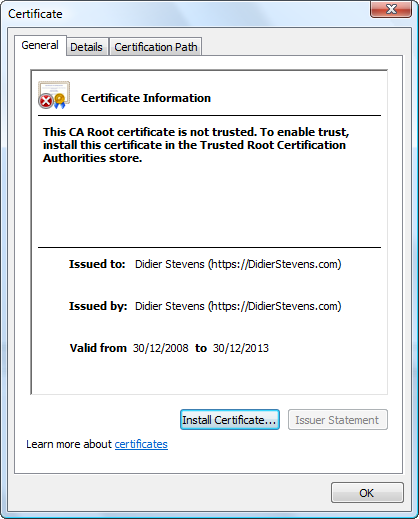Understanding DISM
DISM.exe is a new command-line tool that is included both in a default install of the Windows 7 operating system and also as part of version 2.0 of the Windows Automated Installation Kit (Windows AIK).
Note:
Support for VHD files as bootable Windows images is new in Windows 7 and is described in a later article of this series.
You can use DISM.exe service Windows images, including both Windows image (WIM) files and virtual hard disk (VHD) files. While DISM.exe is primarily intended for servicing offline (not running) Windows images, some of its functionality can also be utilized to service online (running) Windows operating systems. By servicing an image we mean doing things like adding or removing device drivers, adding or removing operating system packages, adding hotfixes, configuring international settings, and performing similar types of actions on the image. DISM can also be used to upgrade a Windows image to a different edition (for example, to upgrade from Business to Ultimate) and to prepare a Windows PE image for use.
You can use DISM.exe to service images of the following Windows versions:
Windows Vista SP1 or later
Windows Server 2008
Windows 7
Windows Server 2008 R2
Using DISM
In Windows Vista (or using the Windows AIK 1.1) servicing an image required using several different tools. For example, let us say you wanted to install an out-of-box device driver on an image you captured previously from a master installation. To do this in Vista, you had to:
Mount the image using ImageX
Add the device driver using Package Manager (Pkgmgr.exe)
Unmount the image using ImageX
In addition, if your image was a Windows PE image then you also need to use the Windows Preinstallation Environment (PEimg.exe) tool to prepare the image. And finally, if you needed to modify the language and locate settings of the image, you had to use the International Settings Configuration Tool (Intlcfg.exe).
Beginning with Windows 7 however, DISM.exe now replaces the Pkgmgr.exe, Intlcfg.exe and PEimg.exe tools found in the earlier 1.1 version of the Windows AIK. In addition, DISM also includes functionality for mounting and unmounting images so you can service them.
A typical use for DISM might be to add a device driver to an offline Windows image prior to deploying the image onto hardware that requires that driver. Let's walk through such a scenario to learn how to use DISM from the command-line.
First, in the C:\Images folder on our Windows AIK 2.0 technician computer is a Windows install image (install.wim file) for Windows 7:
C:\Program Files\Windows AIK\Tools\PETools>dir C:\Images
Volume in drive C has no label.
Volume Serial Number is 1C9A-D699
Directory of C:\Images
05/03/2009 12:46 PM <DIR> .
05/03/2009 12:46 PM <DIR> ..
04/22/2009 07:28 AM 2,218,242,699 install.wim
1 File(s) 2,218,242,699 bytes
2 Dir(s) 180,411,486,208 bytes free
Note:
Remember from article 17 of my Deploying Vista series that there are two types of Windows images: boot and install images :)
Read more:
WindowsNetworking.com Posted via email from jasper22's posterous





